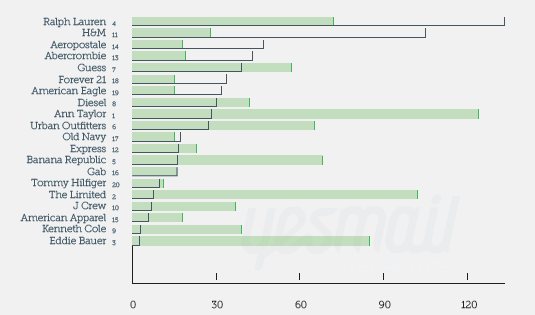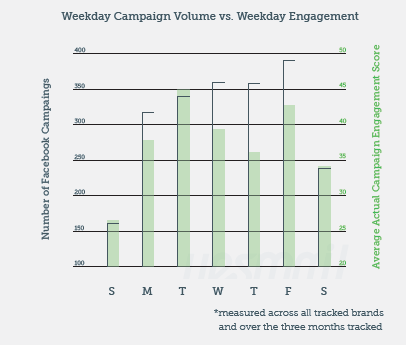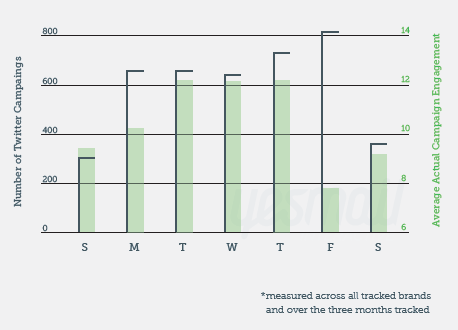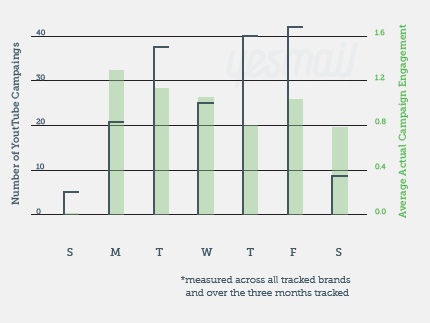 One-on-one interview with Ed Brill
One-on-one interview with Ed Brill
Ed Brill is Director, Social Business and Collaboration Solutions, at IBM. Brill is responsible for the product and market strategy for IBM’s messaging, collaboration, communications, and productivity products, including Lotus Notes and Domino, IBM SmartCloud Notes, IBM Sametime, Lotus Symphony, IBM Docs, and other related social business solutions. Brill’s focus is on extending and growing the success of these solutions through customer engagement, partner ecosystem development, and harnessing the breadth and depth of the IBM organization.
The Strategy Web spoke with him about the relevance and future of Social Business.
Why is Social Business not only a buzzword?
Leaders in every industry are leveraging Social Business technology to disrupt their industries and create competitive advantage. They are improving productivity and unleashing innovation by tapping into the collective intelligence inside and outside their organizations. With social, they’re creating a smarter workforce and proving that social business isn’t just a buzzword, it’s a proven solution to business challenges.
According to Forrester Research, the market opportunity for social enterprise apps is expected to grow at a rate of 61 percent through 2016. According to IBM’s CEO Study, today only 16 percent of CEOs are using social business platforms to connect with customers, but that number is poised to spike to 57 percent within the next three to five years.
What does it take to make a business “social”?
Organizations have quickly learned that a Social Business is more than just having a Facebook page and a Twitter account. In a Social Business, every department in the organization has embedded social capabilities into their traditional business processes to fundamentally impact how work gets done to create business value. A Social Business utilizes social software technology to communicate with its rich ecosystem of clients, business partners and employees.
Social business is a strategic approach to shaping a business culture, highly dependent upon transparency and trust from executive leadership and corporate strategy, including business process design, risk management, leadership development, financial controls and use of business analytics. Becoming a Social Business can help an organization deepen customer relationships, generate new ideas and innovate faster, identify expertise, enable a more effective workforce and ultimately drive its bottom line.
What does it mean to change the culture of a company?
Changing an organizations culture to embrace social must start from the top. Senior leadership must buy in and promote a culture of sharing, transparency and trust. Recent studies by IBM see this shift, today’s C-Suite recognizes the potential of social. Consider this, according to IBM’s 2012 CEO Study, today only 16 percent of CEOs are using social business platforms to connect with customers, but that number is poised to spike to 57 percent within the next three to five years. Similarly. IBM’s 2011 CIO Survey of 3,000 global leaders indicated that more than 55% of companies identified social networking as having a strategic significance to their company’s growth. And finally, 2011 IBM CMO Study reports that CMOs are using social platforms to communicate with their customers, 56 percent view it as a key communication channel. These senior leaders are the key to social business adoption and there’s a real shift occurring, social business is now a business imperative.
What role is the flexible workspace playing in the process?
Companies are able to build virtual teams out of expertise and leadership, regardless of their physical location or title on the organization chart. Today’s workforce expects to be able to share, post, update and communicate with colleagues, customers, and ecosystem using social tools to get real work done. Through those tools, employees who work remotely, use flexible “hot desks” in company offices, or open floorplans can leverage tools for instant e-meetings, video and audio tools, and embedded applications to process knowledge and activities faster and deliver more value to the organization.
What’s your advice for companies to become a “social business”?
Companies around the world are now focused on becoming Social Businesses, Forrester Research estimates that the market opportunity for social software is expected to increase 60% annually. But perhaps the most daunting part of becoming a social business is how to start the journey. That’s where creating a Social Business Agenda plays a vital role. In order to become successful in social business, an organization needs to create its own personalized Agenda that addresses the company’s culture, trust
between management and employees and the organization and its constituencies, engagement behind and outside of the firewall, risk management, and of course, measurement. The sponsorship for such an activity can be driven by leadership, lines of business, or other organizational catalyst roles.


 While Facebook turns more and more to search and ad exchange budgets, Google is still riding the mobile wave. In many moderations over the last two years, I could listen to their attitude towards building mobile websites, and why these are important to the business of the future. However, companies often resist to face the mobile evolution and still stick to their conventional desktop websites. Not to mention what this does to their brands when the user experience is driving into a nightmare of usability and readability.
While Facebook turns more and more to search and ad exchange budgets, Google is still riding the mobile wave. In many moderations over the last two years, I could listen to their attitude towards building mobile websites, and why these are important to the business of the future. However, companies often resist to face the mobile evolution and still stick to their conventional desktop websites. Not to mention what this does to their brands when the user experience is driving into a nightmare of usability and readability. One-on-one interview with Ed Brill
One-on-one interview with Ed Brill



 We have already shared some information on a
We have already shared some information on a 
 In a recent study the research companies
In a recent study the research companies  Many families, and especially couples, experience new formats of evening togetherness. Couples are not leaning back any longer and simply watching TV, or having relaxed chats next to it. With most couples, both partners are using their smartphones, tablets or notebooks to chat with friends, to update their status for their fans and keep in touch with their digital fellows while the TV sceen is fighting for viewing figures.
Many families, and especially couples, experience new formats of evening togetherness. Couples are not leaning back any longer and simply watching TV, or having relaxed chats next to it. With most couples, both partners are using their smartphones, tablets or notebooks to chat with friends, to update their status for their fans and keep in touch with their digital fellows while the TV sceen is fighting for viewing figures.
 Can we access the internet if we have nothing to drink anymore, if our water is poluted? No, we can not! Sometimes, adults should ask themselves about, and quickly start to re-think, the values that they hand over to our kids. I am happy to have spoken with mine about this topic last year around the
Can we access the internet if we have nothing to drink anymore, if our water is poluted? No, we can not! Sometimes, adults should ask themselves about, and quickly start to re-think, the values that they hand over to our kids. I am happy to have spoken with mine about this topic last year around the 